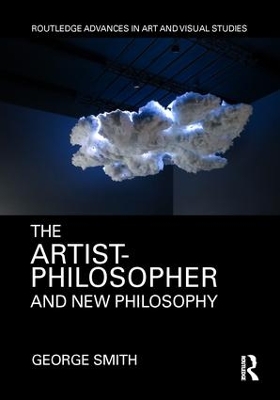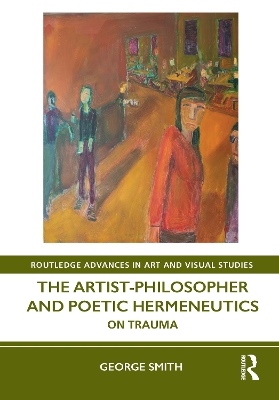Routledge Advances in Art and Visual Studies
2 total works
In The Artist-Philosopher and New Philosophy, Smith argues that Western Metaphysics has indeed come to what Heidegger describes as “an end.” That is hardly to say philosophy as such is over or soon to disappear; rather, its purpose as a medium of cultural change and as a generator of history has run its course. He thus calls for a New Philosophy, conceptualized by the artist-philosopher who “makes” or “poeticizes” New Philosophy, spanning literary and theoretical discourses and operating across art in all its forms and across culture in all its locations. To this end, Smith proposes the establishment of schools and social networks that advance the training and development of artist-philosophers, as well as global digital networks that are themselves designed toward this “ever-becoming community.”
Focusing on the aesthetic representation of trauma, George Smith outlines the nexus points between poetics and hermeneutics and shows how a particular kind of thinker, the artist-philosopher, practices interpretation in an entirely different way from traditional hermeneutics.
Taking a transhistorical and global view, Smith engages artists, writers, and thinkers from Western and non-Western periods, regions, and cultures. Thus, we see that poetic hermeneutics reconstitutes philosophy and art as hybridizations of art and science, the artist and the philosopher, subject and object. In turn, the artist-philosopher's poetic-hermeneutic reconstitution of philosophy and art is meant to transform human consciousness.
This book will be of interest to artists and scholars working in studio practice, art history, aesthetics, philosophy, cultural studies, history of ideas, history of consciousness, psychoanalytic studies, myth studies, literary studies, and creative writing.

